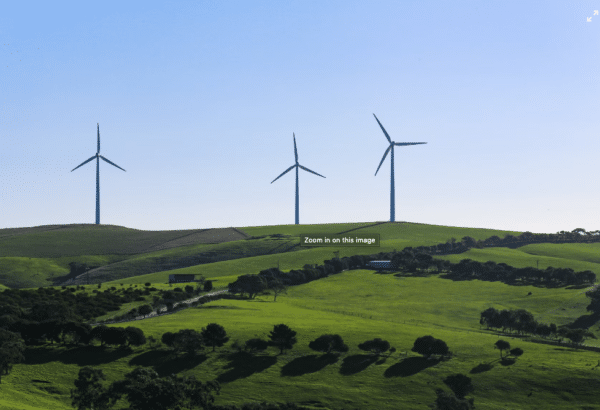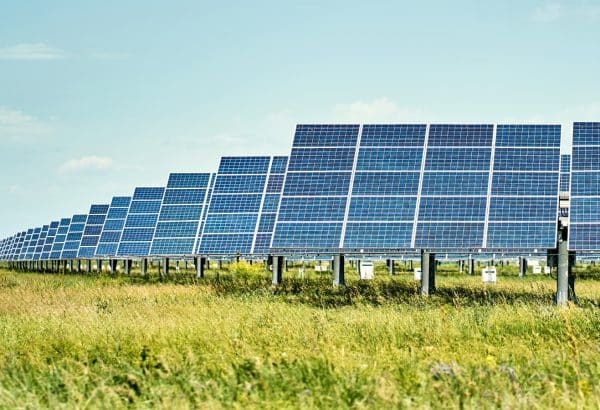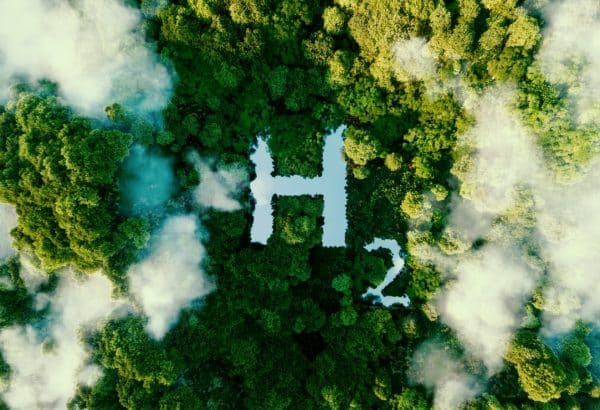About the product/service
Cap and trade is a market-based regulation that sets a firm limit or cap on greenhouse gases (GHGs). Under the programme, an overall limit on emissions from capped sectors will be established and entities will be able to trade permits to emit GHGs through quarterly auctions, which occur in California and in the NE United States.
The bid bond serves as a financial guarantee to the auction administrator that the qualified bidder will remit payment for any allowances that the bidder wins at auction. The client’s bid is capped at the aggregate limit of their posted financial security. This ensures that if an auction participant is awarded carbon credits, that they pay for the cost of those credit.
A surety bond can be more cost-effective than a letter of credit. Surety bonds free up cash or LOC capacity that would otherwise be incumbered through the auction process, enhancing available working capital potential to make bidding on larger amounts more feasible.
Supporting greener outcomes
The utilisation of a surety bond provides a less capital intensive option for more firms to participate in the Carbon Credit Auctions, ensuring that they have the opportunity to transition their businesses in an orderly manner. Revenue is invested back into local governments for climate technology R&D and to reduce local government’s carbon footprint.
The utilisation of the bond also ensures that companies that participate in the cap and trade auctions meet their responsibility to pay for the credits that they are awarded during the auction. This ensures that these funds make their way to be reinvested into R&D and additional GHG reductions.
Enabling customers today
These bonds are used in California to meet its goal of reducing GHG emissions. Applicable sectors include electricity generators (within jurisdiction), electricity importers industrial facility and operators and fuel distributors.
The regional greenhouse gas initiative (RCGI) is a cooperative effort among the states of NE USA to cap and reduce CO2 emissions from the power sector. It implemented a new cap reduction trajectory of 30% over the period of 2020 to 2030.











